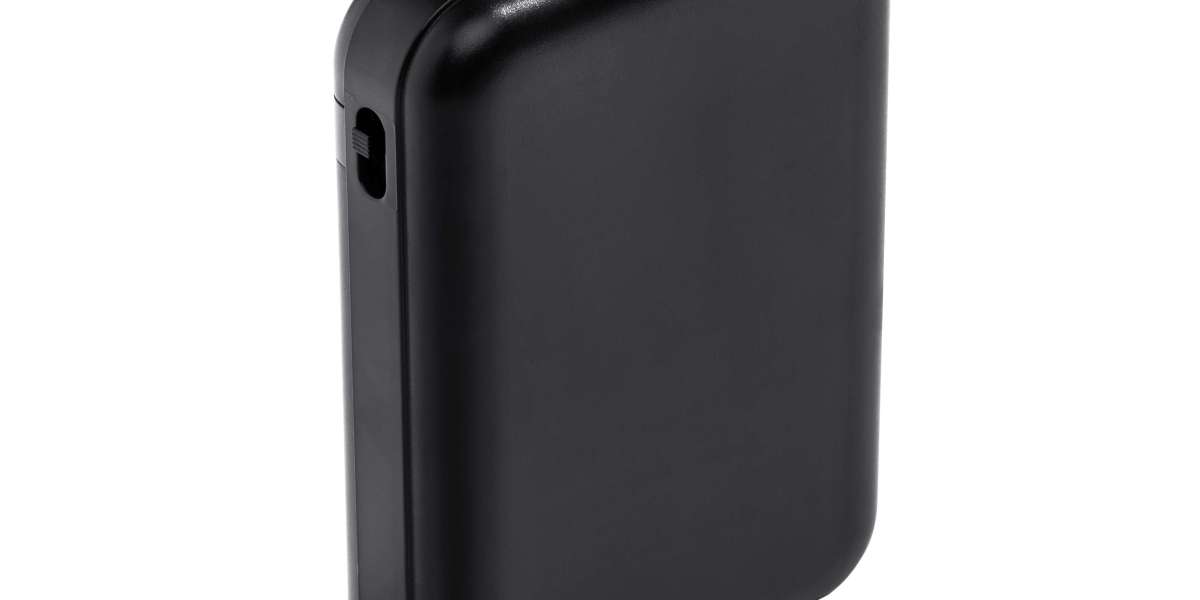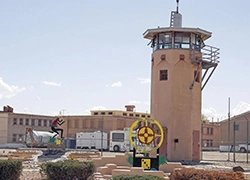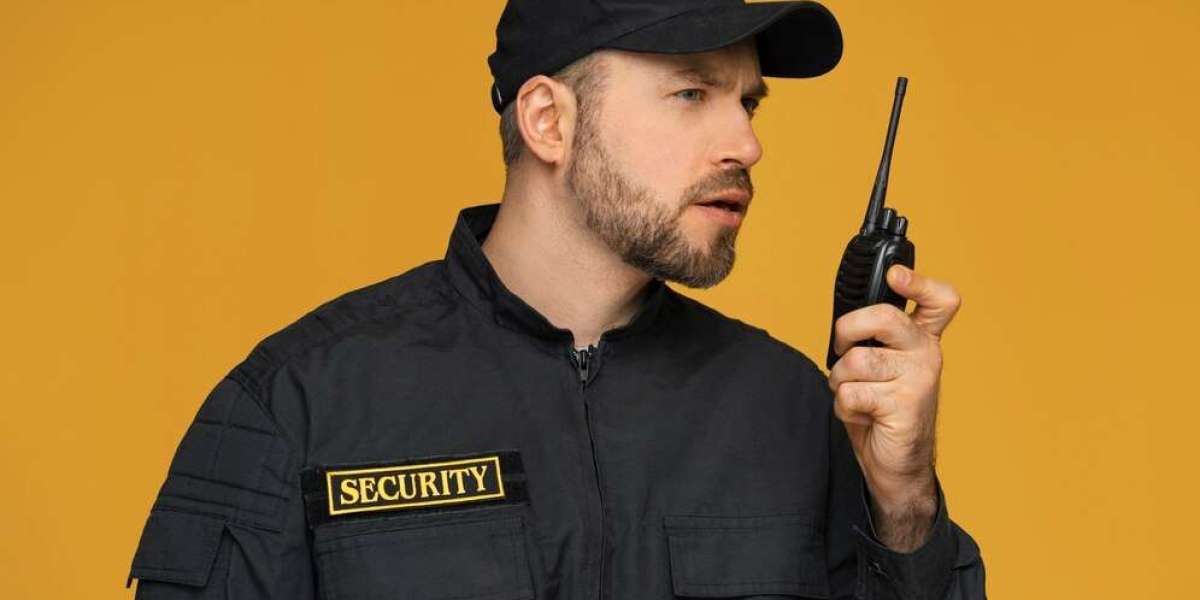In recent years, the problem of mobile phones in the Mexico City prison system has become increasingly serious. Data shows that more than 21,000 illegal mobile phone devices have been seized from prisoners in the capital in the past decade. These mobile phones are not only frequently found in ordinary prisons, but also in the "diamond cabin", a high-security module that is considered to be the safest, where the most dangerous criminals, including murderers, kidnappers and extortionists, are held. Despite strict security measures, more than a thousand devices were confiscated. This number is shocking because the diamond cabin is supposed to be the most secure prison area.
However, these confiscated mobile phones are just the tip of the iceberg, and there may be more devices actually left in the hands of prisoners. According to data, although Mexico City prisons have installed equipment for blocking mobile phone signals since 2010, telephone extortion cases have still increased sharply. From 354 in 2010 to 911 in 2016, most of the extortion calls came from inside the prison. This reflects the inefficiency of the current signal jammer system and the status quo of prisoners' continued use of mobile phones.
Failure of cell phone jammers and regulatory loopholes
- In 2010, the Mexican government announced that it would spend 24 million pesos to install mobile phone signal Wifi jammers in all prisons in Mexico City. The plan was to completely block mobile phone communications inside the prisons through a radio spectrum signal blocking system. However, six years later, the actual situation showed that these jammers did not work effectively, and the authorities did not even know who was operating these devices, their service life, and maintenance.
- The root cause of this series of problems lies in the confusion of management. The capital government claimed that the federal government was responsible for the installation and operation of these devices, while the federal government responded that this was the responsibility of the capital. Such shirking of responsibility has led to an embarrassing situation in which no one is responsible for the management of the blocking system.
- Specifically, data recorded by the deputy minister of the Mexico City prison system showed that a total of 21,610 mobile phone devices were confiscated from 2006 to 2017. It is puzzling that even the diamond cabin, which is known to be the most secure, has failed to prevent the influx of mobile phones. Between 2012 and 2017, the prison seized more than 1,000 mobile phones, more than the other seven prisons combined.
Government response and blame shifting
In order to further understand the actual effectiveness of these signal jammers, Animal Politics made a series of transparency requests to try to reveal the use of the blocking devices. However, the capital authorities responded that the devices were installed by the federal government and the relevant information was not within their management scope. On the contrary, the federal government's Administrative Agency for Prevention and Social Re-adaptation (OADPRS) said that the blocking devices in the capital prison were not within its management scope and the responsibility should be attributed to the deputy minister of the capital prison system.
More national signal jammer news, welcome to:military signal jammer,UAV signal blocker news
Such mutual buck-passing reflects the government's inaction and management chaos in solving such problems. Despite the huge cost of installing the blocking devices, it remains an unsolved mystery whether these devices are effectively managed and maintained. In practice, the failure of the jammer equipment and the widespread use of mobile phones directly threaten the safety of the prisons and social stability.
The proliferation of mobile phones in the Mexico City prison system and the failure of signal jammers expose serious loopholes in the government's management and execution. Despite the installation of expensive blocking devices, these devices have not played the expected role due to the unaccountable supervision system. In order to reduce the use of mobile phones and extortion crimes in prisons, the government must strengthen supervision, clarify responsibilities, and ensure the effective maintenance and use of equipment. At the same time, it is also an urgent task to crack down on the channels through which illegal mobile phones enter prisons. Only in this way can we truly maintain security and order in prisons.




